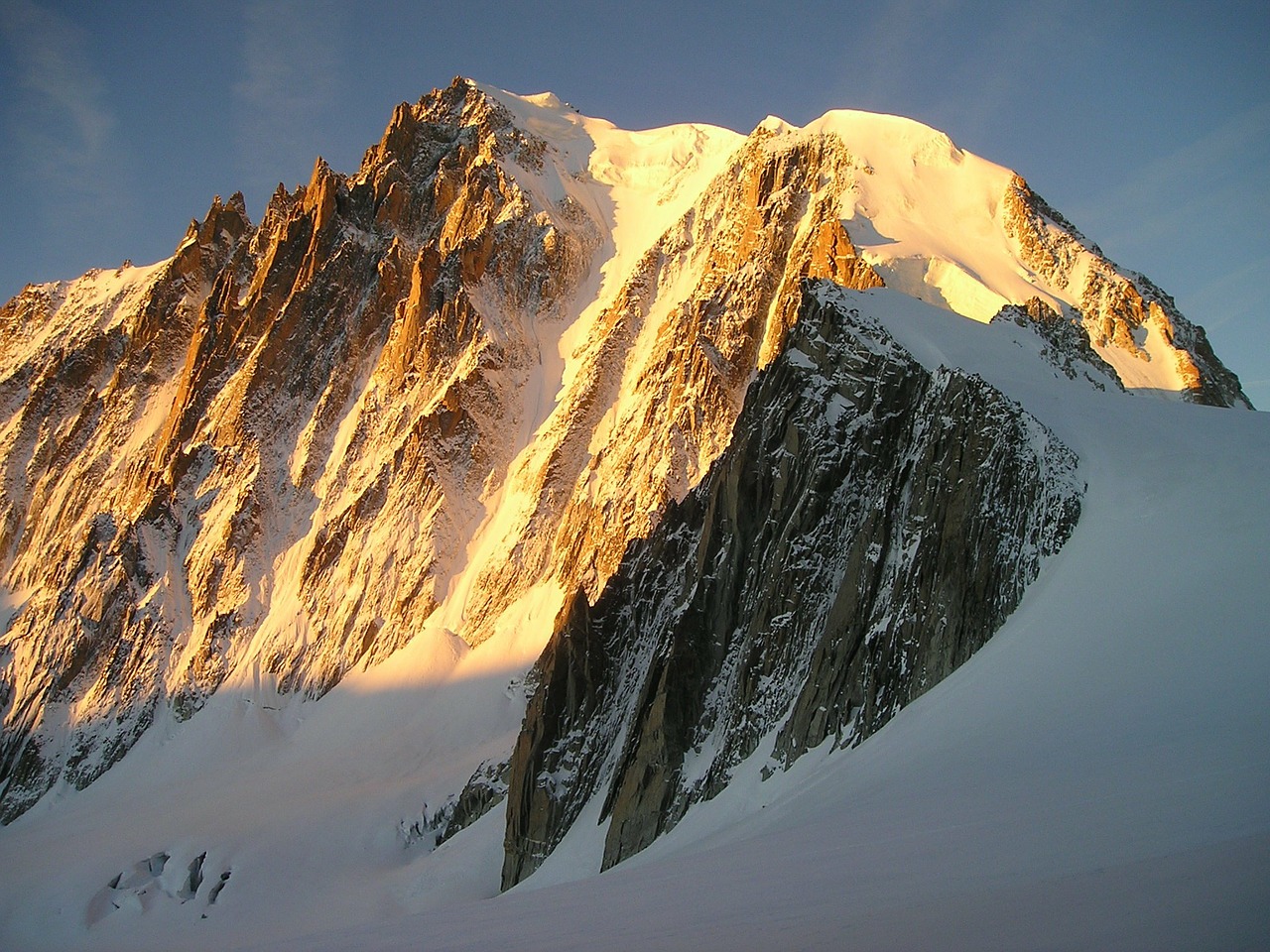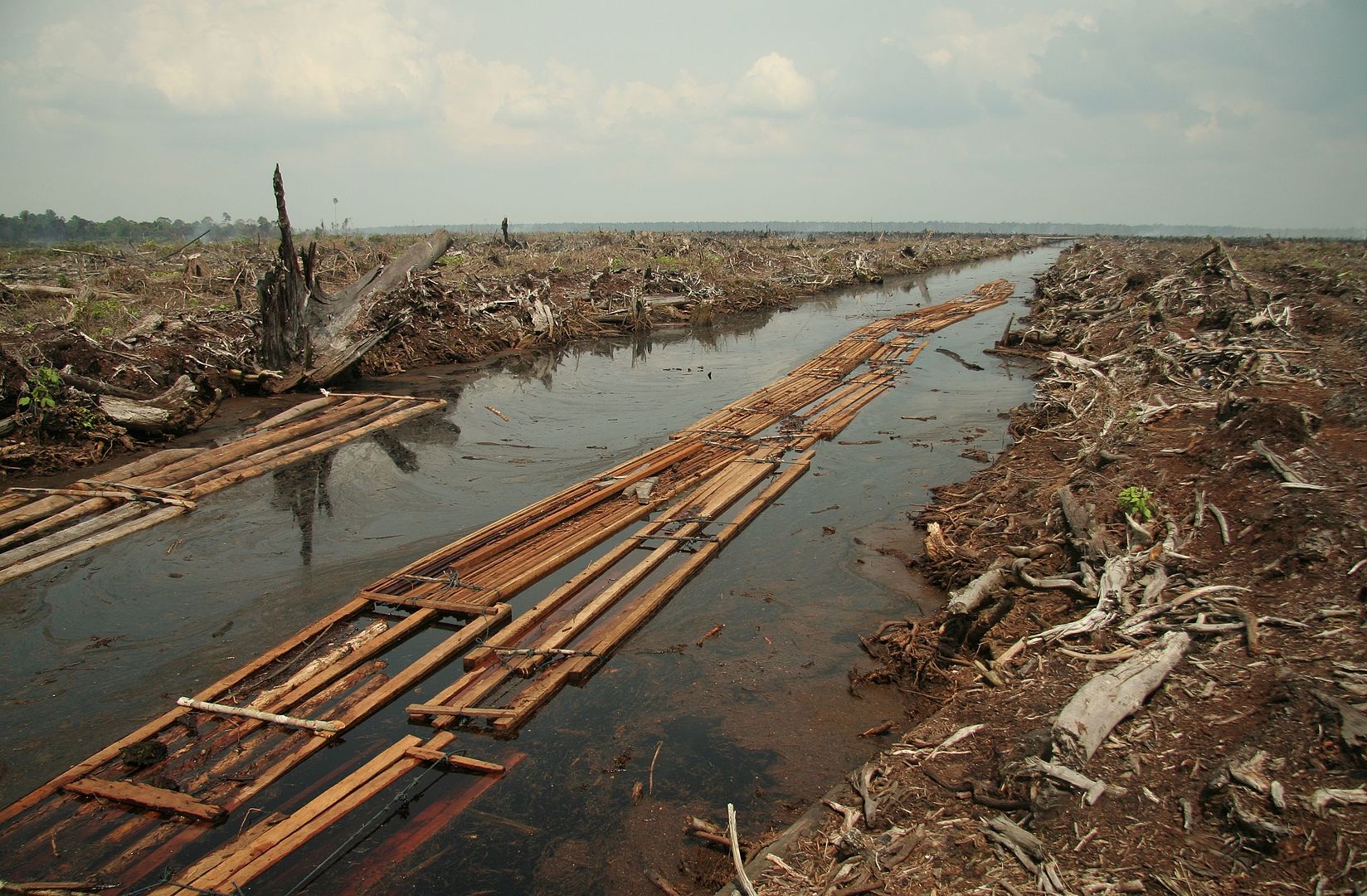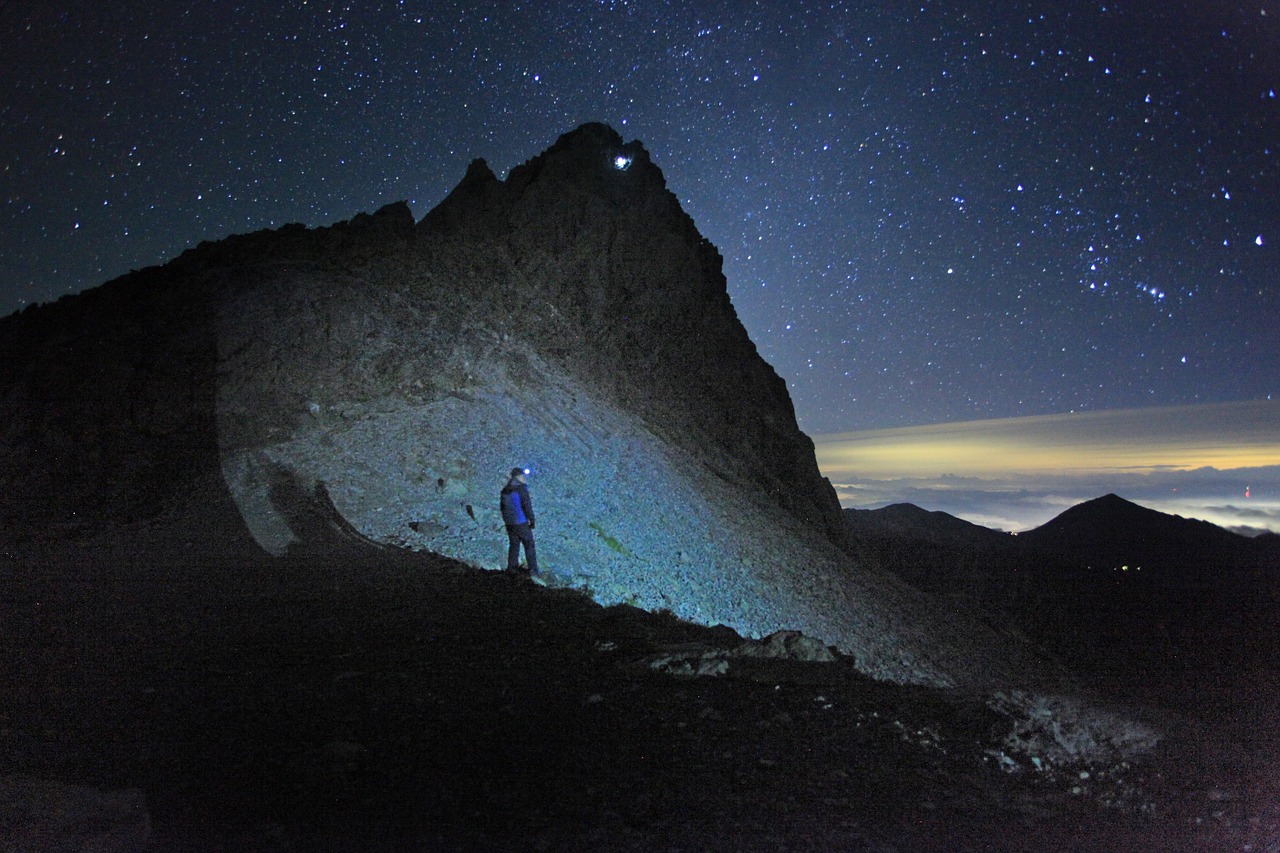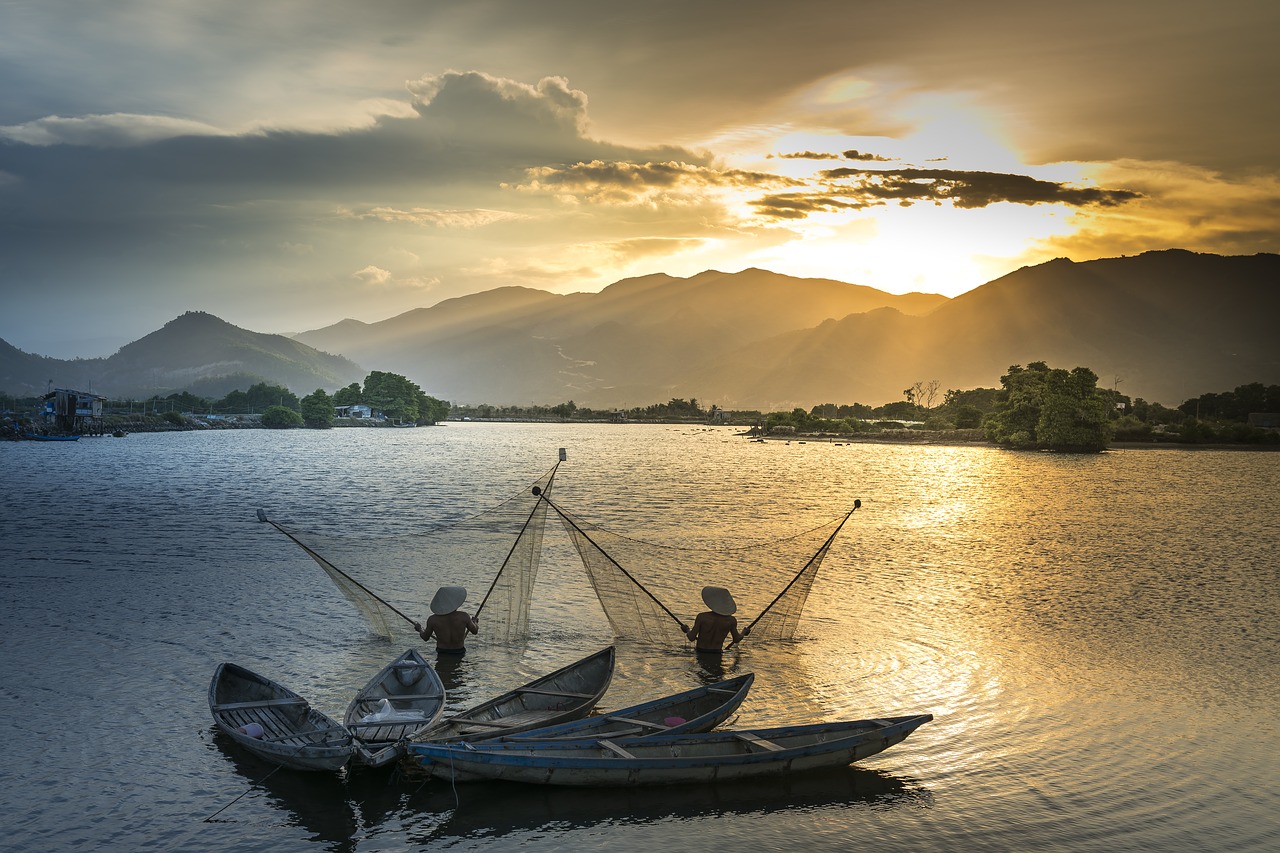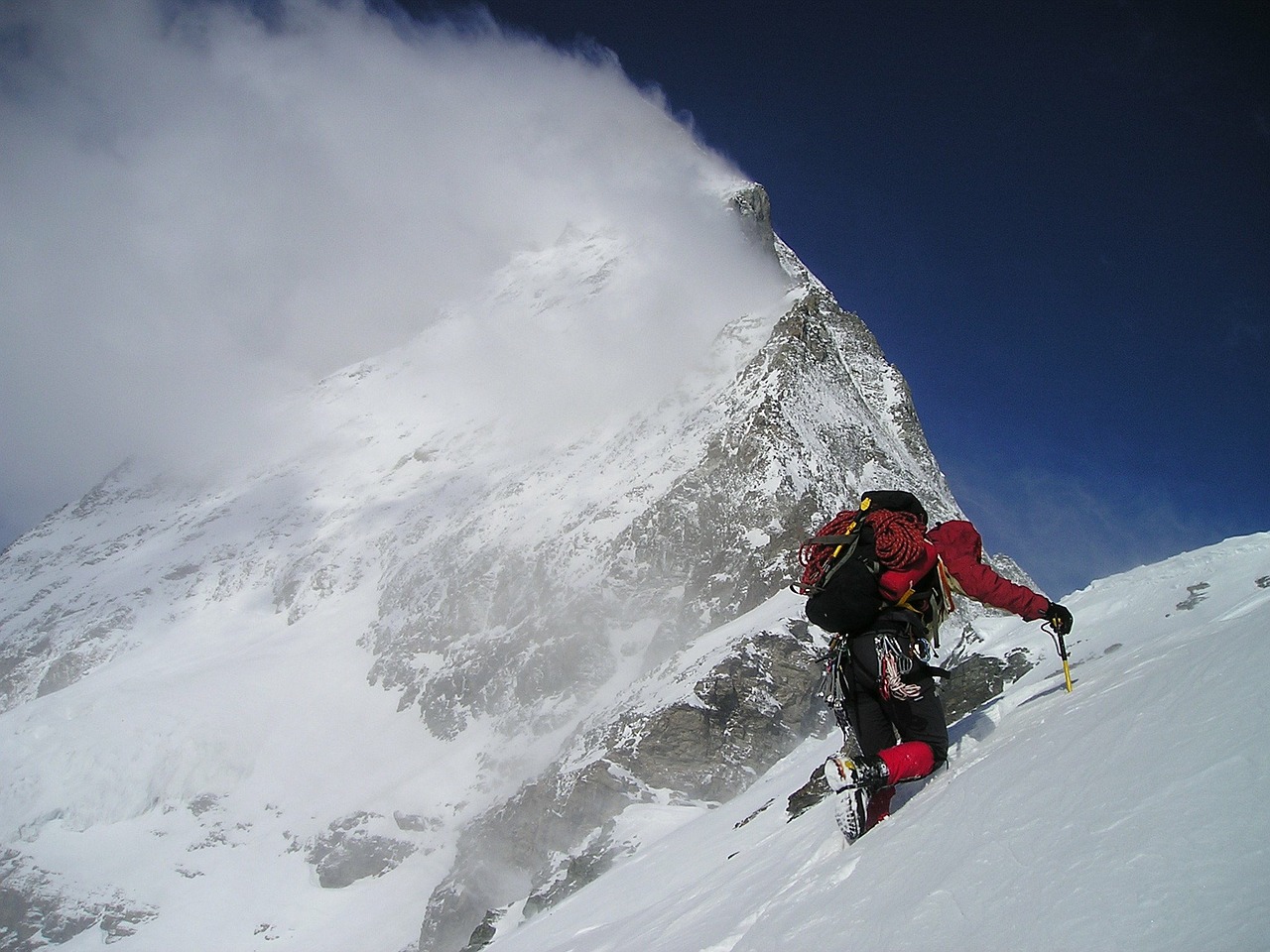News
- Details
- Category: New Publication
Due to climate change, as well as the impact of other anthropogenic factors, mountainous ecosystem services are changing rapidly, with consequences for nature’s contribution to people (NCP). A recently published paper reviews the state of research published on ecosystem services in mountain areas, focusing specifically on NCP.
Nature’s contribution to people’s quality of life is undisputable. Mountains and the resources they provide play an important role for people living in them, as well as for people living downstream. However, climate change and other anthropogenic factors are impacting mountain ecosystem services, with consequences for nature's contribution to people (NCP). A new study published in the journal PLOS ONE uses the conceptual framework of the Intergovernmental Science-Policy Platform on Biodiversity and Ecosystem Services (IPBES) and the notion of NCP to determine to what extent previous research on ecosystem services in mountains has explored the different components of the IPBES conceptual framework.
- Details
- Category: Global News
As one of the highest and most prominent mountains in Europe, Mont Blanc is a very popular mountain to climb among mountaineers all over the world. However, this venture has become increasingly challenging, as many of the routes have undergone significant changes, and in some cases disappeared completely.
As climate change causes an increasing level of physical alterations to routes on Mont Blanc, it is taking its toll on mountaineering in the region. However, the new conditions climbers encounter on the mountain are still widely unknown and barely researched, particularly in the western Alps. A new study published in the journal Arctic, Antarctic, and Alpine Research attempts to go some way towards addressing this, working closely with mountaineers to investigate their perception of and adaptation methods to the changing conditions.
- Details
- Category: New Publication
How can rural mountain communities improve their water, energy and food security in contexts of growing resource pressure, competition and uncertainty?
This new Issue Brief from the Center for Development and Environment explores whether a water-energy-food nexus approach offers a way to identify forward-looking options and policies to strengthen the livelihoods and resilience of people living in our changing mountains.
- Details
- Category: Global News
The IPBES Plenary, at its seventh session held in Paris from 29 April to 4 May 2019, adopted 'the rolling work programme of IPBES up to 2030' (set out in annex I to decision IPBES-7/1), which includes, under its first objective, a thematic assessment of the underlying causes of biodiversity loss and the determinants of transformative change and options for achieving the 2050 Vision for Biodiversity.
This assessment is aimed at understanding and identifying factors in human society at both the individual and collective levels, including behavioural, social, cultural, economic, institutional, technical, and technological dimensions, that can be leveraged to bring about transformative change for the conservation, restoration, and wise use of biodiversity, while taking into account broader social and economic goals in the context of sustainable development. It explores the drivers of and motives behind broad societal changes and transitions to inform the design of relevant policies, communication and engagement campaigns and other actions.
- Details
- Category: New Publication
A new issue of the European Journal of Tourism Research explores the role of mountains as a tourist destination through a guest editorial on 'Mountain Tourism in Europe'.
The latest issue of the European Journal of Tourism Research, Vol 22, is now available online, and open access. This issue aims to encourage debate among scholars on different European mountain tourism views and perspectives, highlighting three different papers on the topic.
- Details
- Category: News
European Research Council (ERC) Starting Grants are designed to support excellent Principal Investigators who are at the career stage of typically two to seven years after their PhD.
Up to EUR 1.5 million is available for projects of up to five years duration.
- Details
- Category: Global News
The IPBES Plenary, at its seventh session held in Paris from 29 April to 4 May 2019, adopted 'the rolling work programme of IPBES up to 2030' (set out in annex I to decision IPBES-7/1), which includes, under its first objective, a thematic assessment of the interlinkages among biodiversity, water, food, and health.
This assessment will use a nexus approach to examine the strong interlinkages among the Sustainable Development Goals related to food and water security, health for all, protecting biodiversity on land and in the oceans, and combating climate change, among others. Interlinkages take various forms, including synergies, co-benefits and trade-offs.
- Details
- Category: Global News
A unique project is linking in-situ measurements with natural hazard research. For the past ten years, a network of wireless sensors on the Matterhorn’s Hörnli ridge has been constantly streaming measurement data on the condition of steep rock faces, permafrost, and prevailing climate. The project leader, Jan Beutel, reviews progress to date.
The summer heatwave of 2003 triggered a rockfall that shocked both researchers and the general public: 1,500 cubic metres of rock broke away from the Hörnli ridge – a volume roughly equivalent to two houses. The fracture event exposed bare ice on the surface of the steep scarp. Experts soon realised that the record temperatures had warmed the rock down to such a depth that the ice contained in its pores and fissures had melted. This effectively caused a sudden reduction of the bonding holding the rock mass together.





